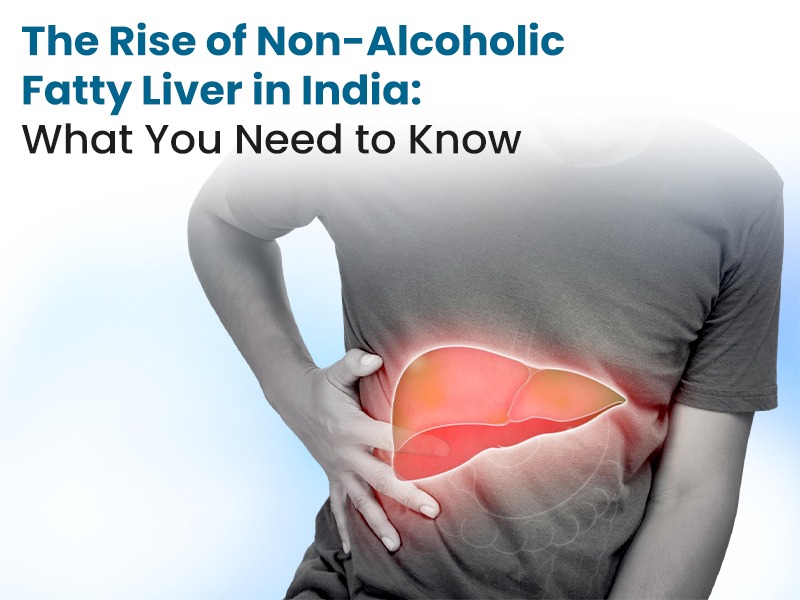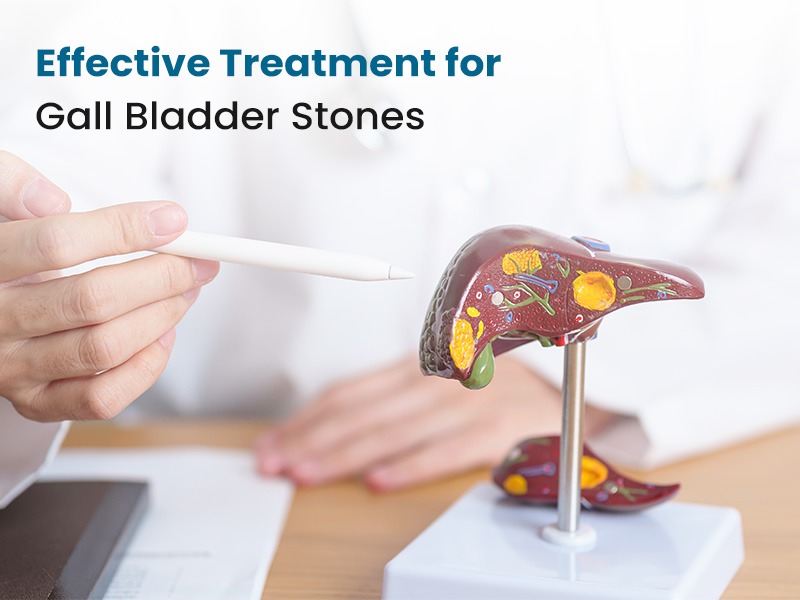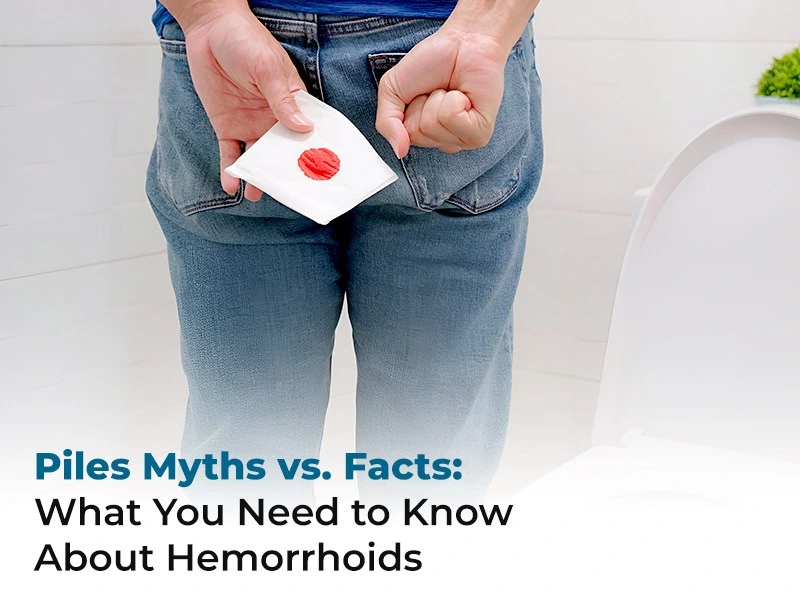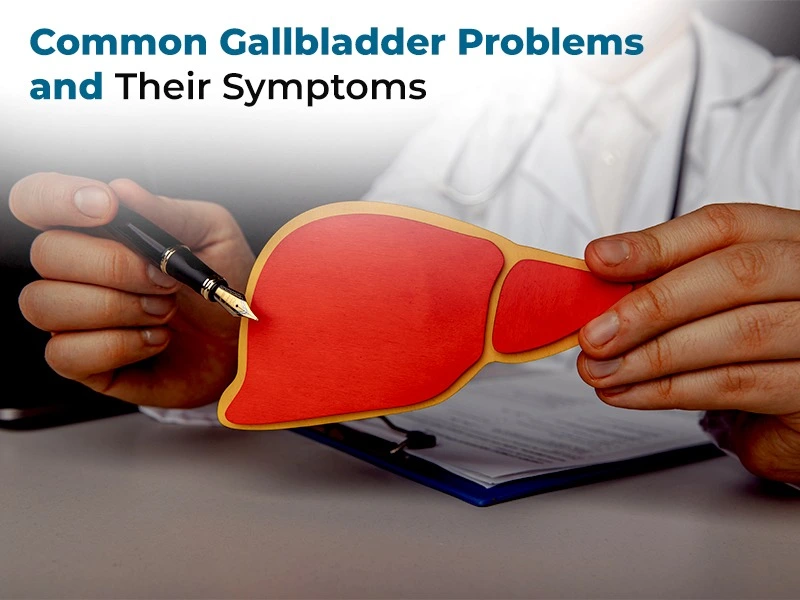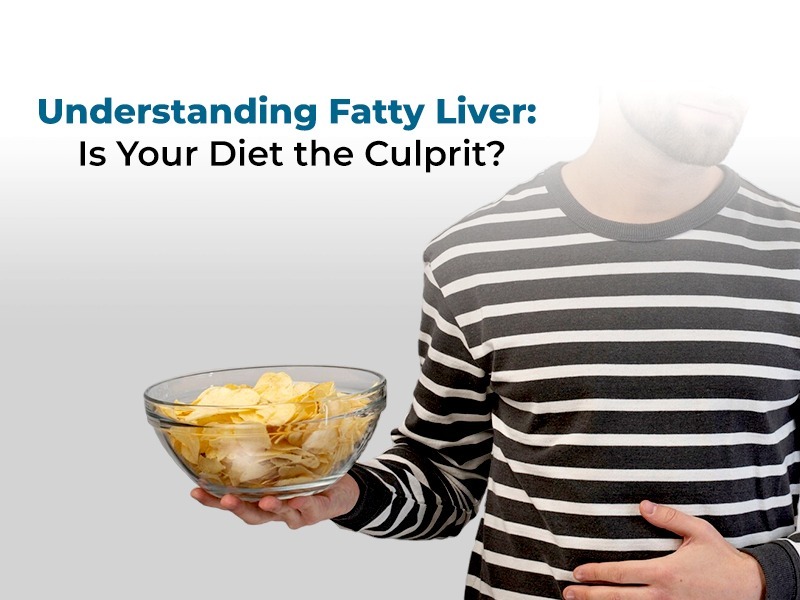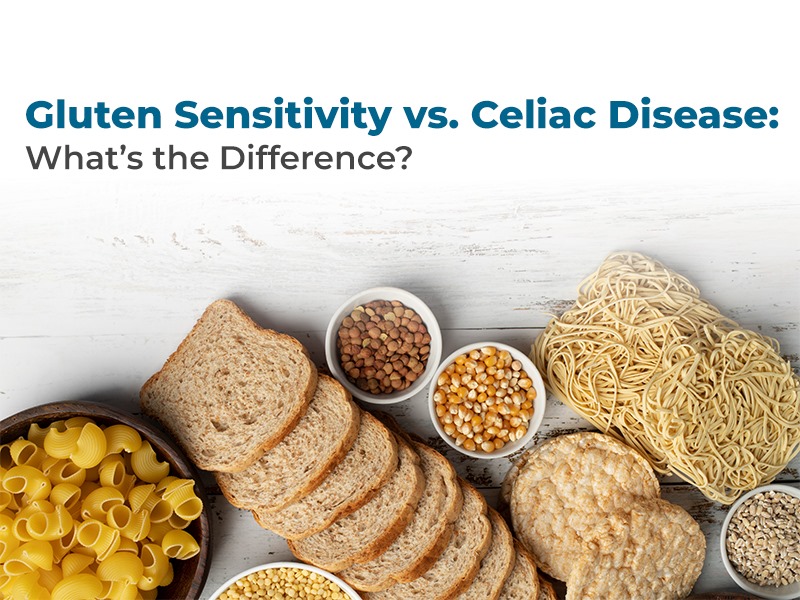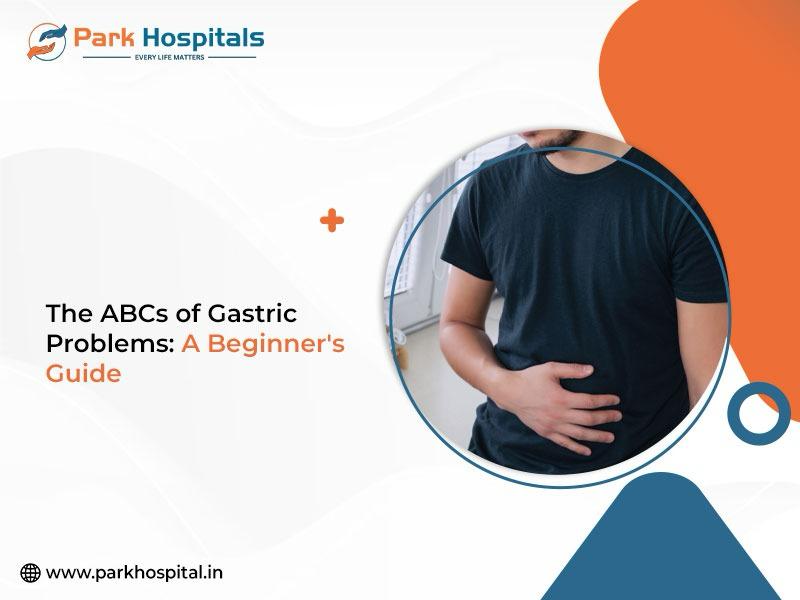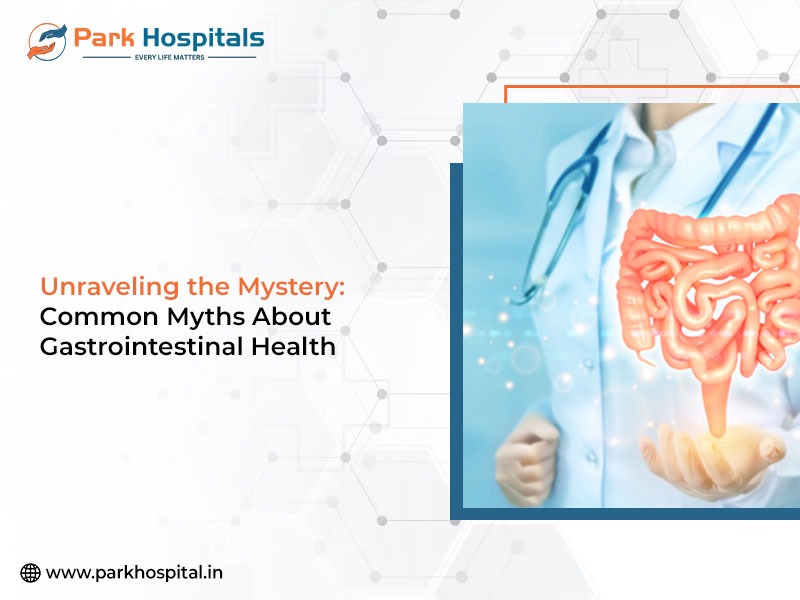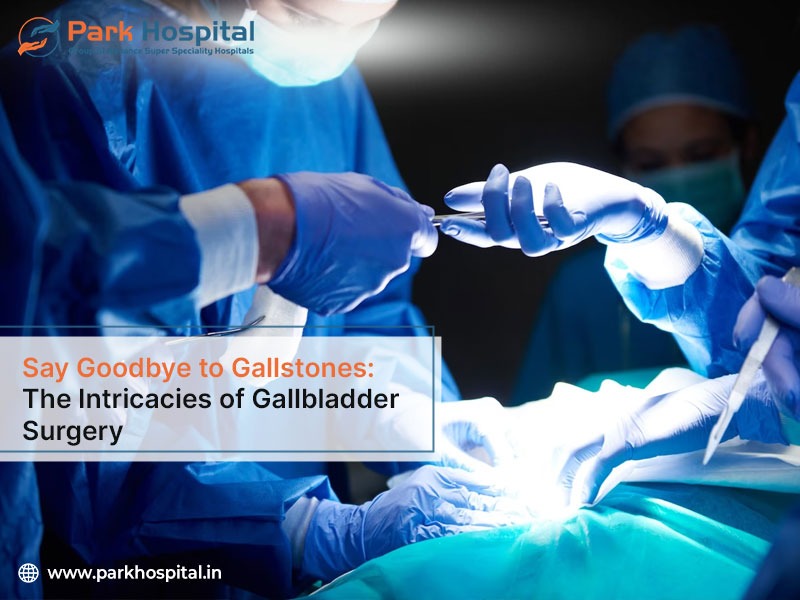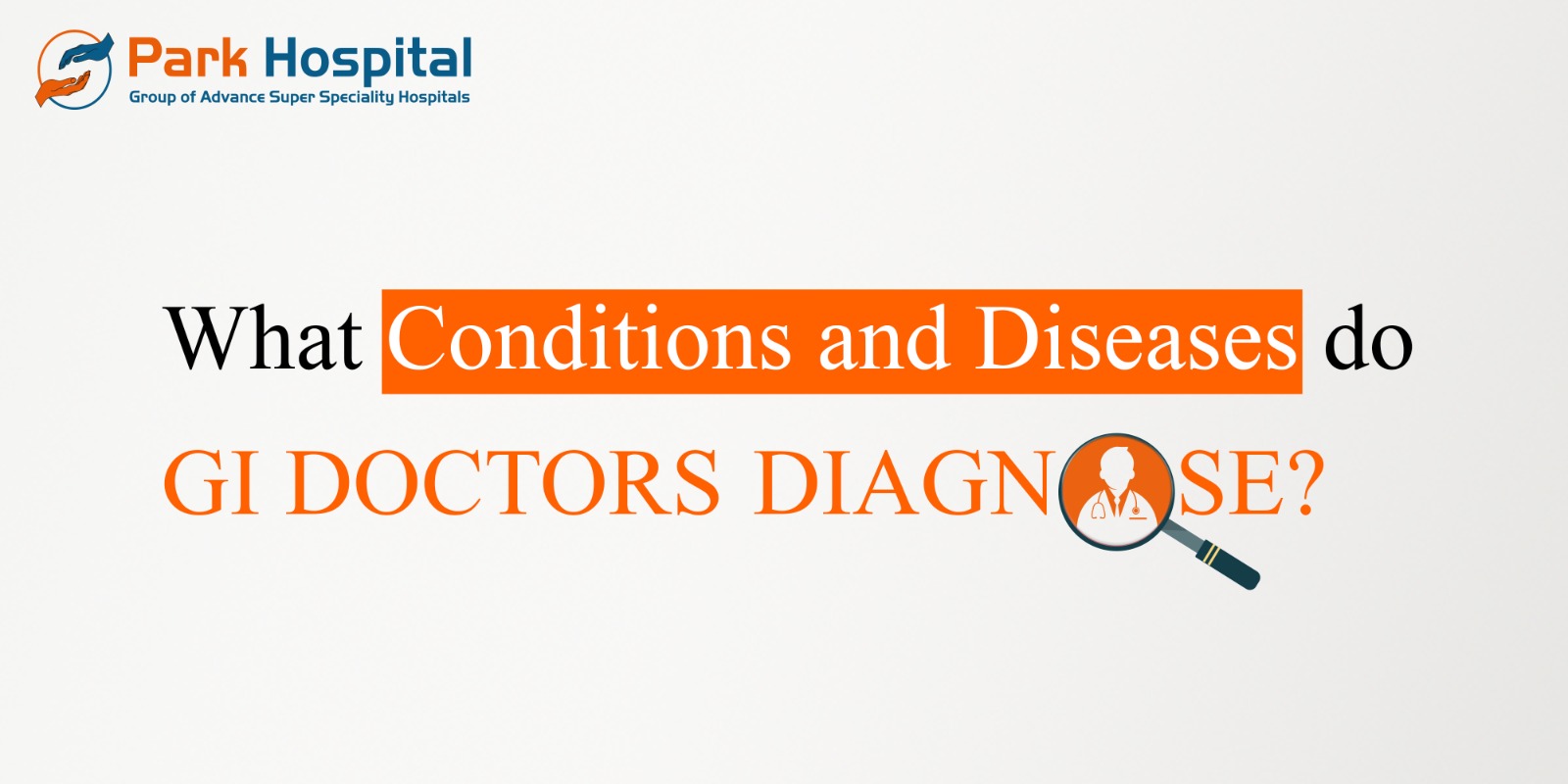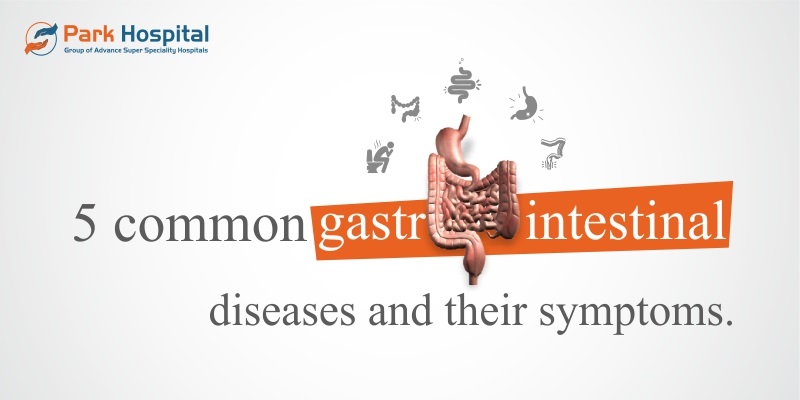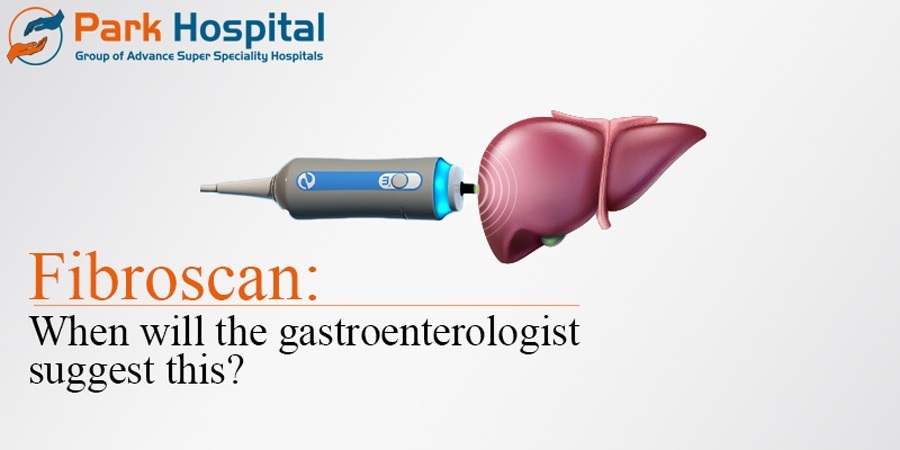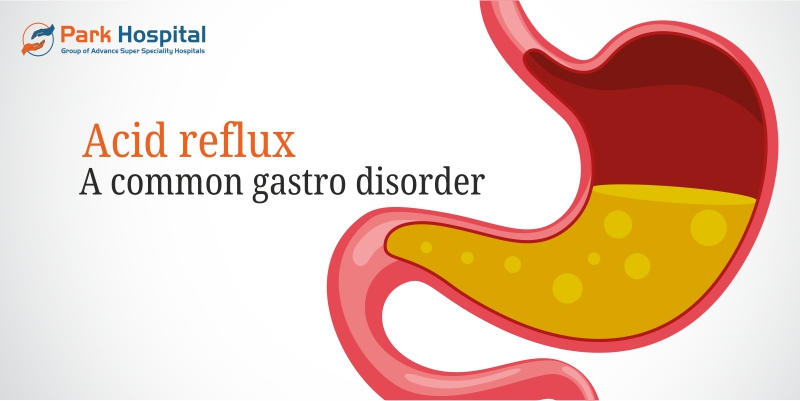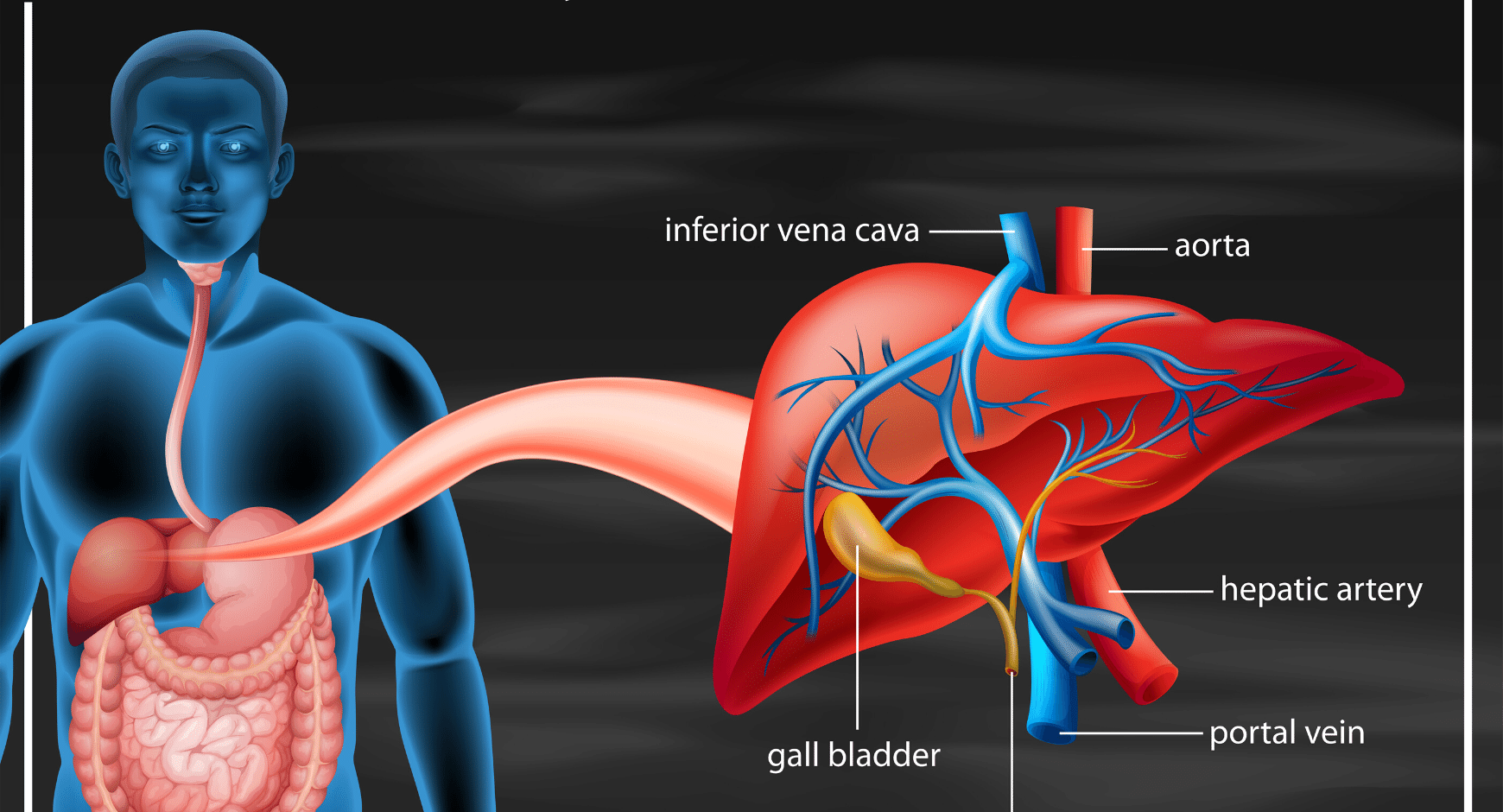In recent years, fatty liver in India has become one of the fastest-growing health concerns. What was once considered a lifestyle condition affecting only the West is now spreading rapidly across urban and semi-urban populations in India. The most common form is non-alcoholic fatty liver disease (NAFLD)—a condition where excess fat builds up in the liver of people who drink little or no alcohol.
This silent disease is now being recognized as the liver’s “lifestyle epidemic,” closely linked to obesity, poor diet, and other metabolic health issues.
What is Non-Alcoholic Fatty Liver Disease?
Non-alcoholic fatty liver disease refers to fat accumulation in the liver not caused by alcohol. It ranges from simple fat buildup (steatosis) to inflammation, which in severe cases can progress to cirrhosis or liver failure.
Doctors often classify it in stages, such as grade 1 fatty liver, where fat is present but liver damage is minimal. While grade 1 is often reversible with lifestyle changes, ignoring it can lead to advanced stages that are far harder to treat.
Why is Fatty Liver on the Rise in India?
The rise in fatty liver in India is strongly tied to changing lifestyles. Key risk factors include:
Obesity – Excess body weight increases fat deposits in the liver.
Type 2 diabetes – High blood sugar damages liver cells and worsens fat accumulation.
Insulin resistance – A hallmark of metabolic syndrome, where the body doesn’t use insulin effectively, leading to fat buildup.
High blood pressure and dyslipidemia (abnormal cholesterol levels) – Together, these contribute to long-term liver damage.
Sedentary lifestyle and high-calorie diets, common in urban India, further fuel the problem.
Symptoms: Why Early Detection is Difficult
In its early stages, non-alcoholic fatty liver disease often shows no symptoms. Many patients discover it only during routine health check-ups or abdominal scans. However, some may experience:
Fatigue or constant tiredness
Discomfort in the upper right abdomen
Mild digestive issues
Since these signs are nonspecific, consulting a gastroenterology hospital for regular check-ups is crucial, especially for individuals with diabetes, obesity, or metabolic syndrome.
Prevention and Management
The good news is that grade 1 fatty liver and even some advanced cases can be managed with timely lifestyle changes and medical guidance. Preventive steps include:
Maintaining a healthy weight through balanced diet and regular exercise
Following a diabetic-friendly diet if you have type 2 diabetes
Monitoring high blood pressure and cholesterol levels
Avoiding excessive consumption of processed foods and sugary drinks
Regular liver function tests and ultrasounds if you fall in a high-risk group
When to Consult a Specialist
If you are at risk or have been diagnosed with non-alcoholic fatty liver disease, early consultation with experts is essential. A trusted gastroenterology hospital can provide advanced diagnostic tools and treatment plans tailored to your condition. For personalized care, consider meeting the best gastroenterologist in Mohali at Park Hospital, where liver care is integrated with comprehensive metabolic health management.
Takeaway
The rapid rise of fatty liver in India is a reminder that lifestyle diseases can no longer be ignored. With increasing cases linked to obesity, type 2 diabetes, insulin resistance, high blood pressure, and dyslipidemia, awareness and prevention are the first lines of defense. By adopting healthier habits and seeking expert medical advice early, it’s possible to reverse the condition and protect long-term liver health.
Also read: Understanding Fatty Liver: Is Your Diet the Culprit?

